Comprehensive Guide to Purchasing Hockey Sticks
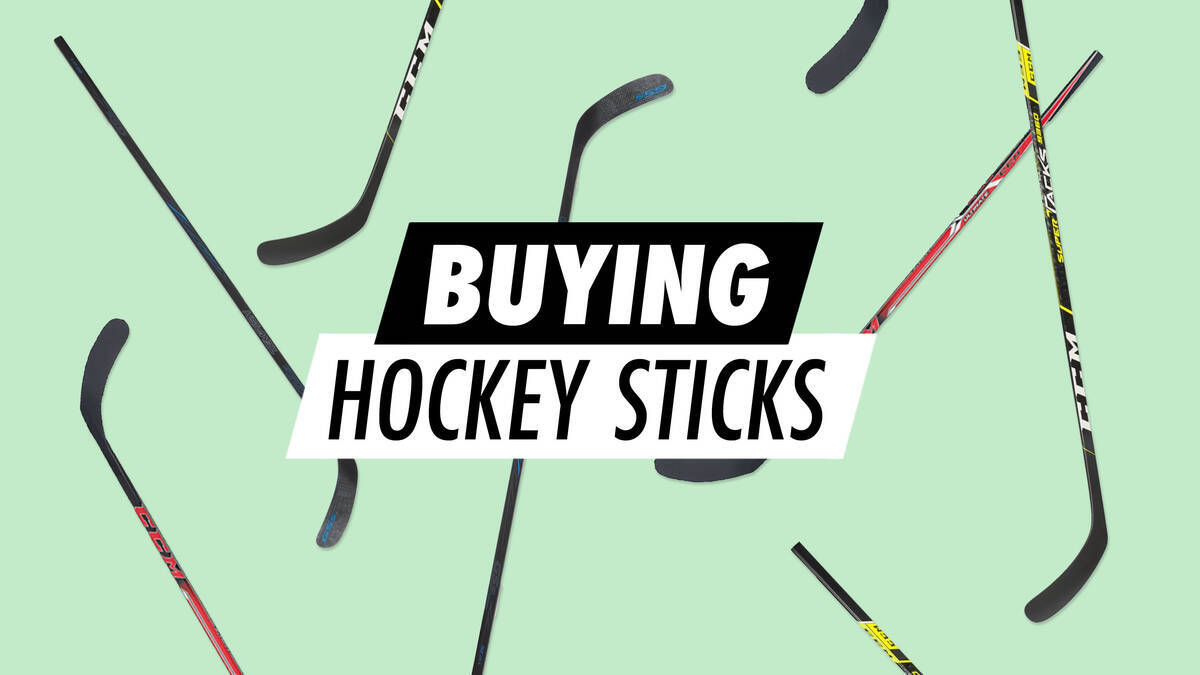
Selecting the right hockey stick involves aligning it with your playing level, height, and style. Consider the dimensions, flexibility, and the type of surface you'll be using it on.
With an abundance of choices available, choosing the ideal hockey stick can initially seem daunting. Regardless of whether you're involved in roller hockey or ice hockey, having the correct stick is vital for your performance. Below is a checklist of important factors to guide you in finding the perfect hockey stick tailored to your playing style, expertise, and environment.
- Surface Type: Decide based on the playing surface—ice, roller, or street.
- Material: Select a stick made from durable yet lightweight material.
- Length: Adjust the stick's length according to your height and style.
- Flex: Choose a flexibility based on your strength and desired shot type.
- Handedness: Opt for left or right-handed based on how you hold the stick.
To delve deeper into these elements, keep on reading!
Overview
Categories of Hockey Sticks: Ice, Roller, and Street
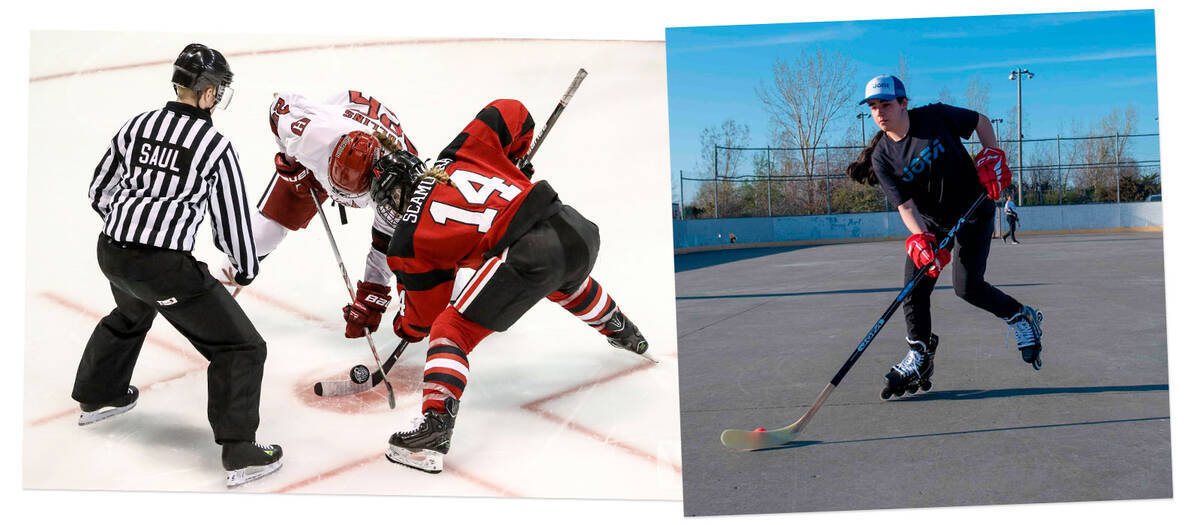
The initial consideration is whether the stick will be used for ice hockey, roller hockey, or street hockey. The choice depends largely on the playing surface as well as your playing approach.
- Hockey sticks for ice hockey: Specifically designed for ice.
- Hockey sticks for roller hockey: Made for roller surfaces such as smooth asphalt or sport court tiles.
- Hockey sticks for street hockey: Constructed for rugged outdoor surfaces like asphalt, street hockey sticks usually consist of materials that resist wear and tear.
- Multi-purpose hockey sticks: Suitable for multiple uses; if you play both street and indoor hockey, one versatile stick may suffice.
When reviewing product descriptions for hockey sticks, ensure you note whether they cater to a particular hockey type or surface.
Is It Advisable to Use Ice Hockey Sticks for Roller Hockey?
If your stick is specifically for ice hockey, it's not advisable to use it for roller hockey due to the accelerated wear on the blade on harsher surfaces. For longevity, sticks should be used as intended by the manufacturer.
Components of Hockey Sticks

Hockey sticks can be composed of materials like carbon fibre, fibreglass, Kevlar, and wood, with wood being the traditional material. Nowadays, sticks made from composite materials, frequently a mix of fibreglass and carbon fibre, are commonplace.
The blade material differs from that of the shaft, as the shaft must be tough yet light, while blade materials need to withstand puck impacts.
Shafts must balance high strength with flexibility to endure game intensity, whether from composites or certain hardwoods.
Blades must also resist strong impacts without excessively weighing down the user. They may be constructed from carbon fibre, fibreglass, wood, or plastic. It's vital for both the material and shape to enable precise puck control and shooting.
Wood Versus Composite Hockey Sticks
- Wood hockey sticks: Traditional and sturdy, heavier wood sticks provide a classic feel, often preferred in street hockey for their durability.
- Composite hockey sticks: Made from materials such as carbon fibre, Kevlar, or fibreglass, these sticks are lighter and more flexible, primarily used in ice hockey but suitable for roller hockey if performance is key. Typically costlier, they offer better shot energy and control.
When exploring roller and ice hockey stick collections, filter by shaft and blade materials.
Selecting the Optimal Hockey Stick Length

The appropriate stick length enhances control and shot power. Decide based on your height, proficiency, playing style, and personal preference.
Comparing Short and Long Hockey Sticks
Shorter sticks are manoeuvrable and agile; longer sticks expand your reach. Offensive players often choose short sticks, while defensive players prefer longer ones.
Determining the Ideal Stick Length
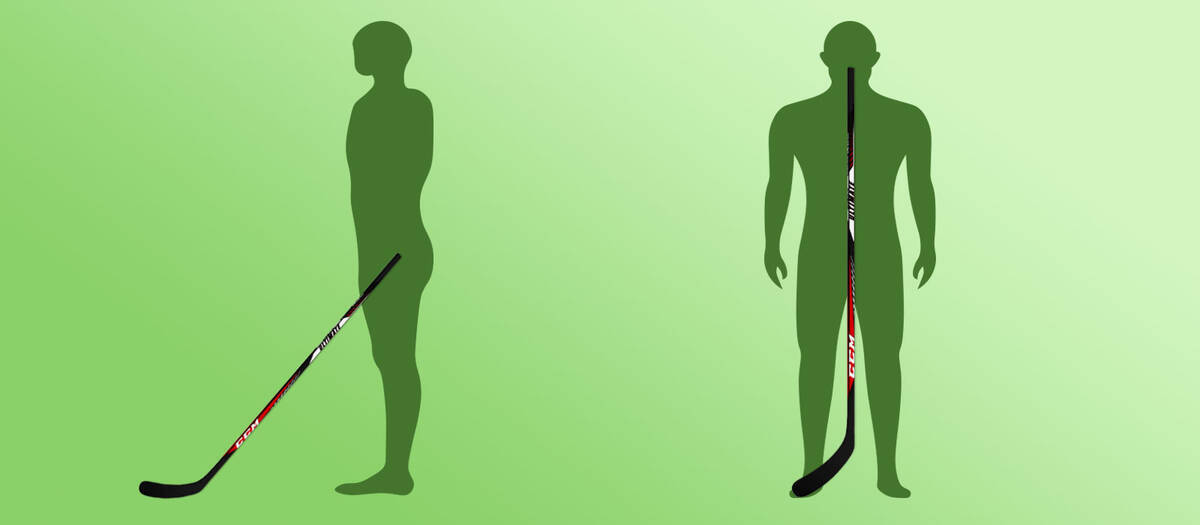
Align your arm with your body, wearing skates, and grip the stick's end. Slightly bend your arm, keeping it close to your body. If the blade's toe slightly points upwards, the length is suitable.
Alternatively, stand with or without skates, holding the stick upright towards your chin.
- With skates: The stick should not surpass your chin.
- Without skates: The stick should not reach above your nose.
Many players start with longer sticks to trim them to their desired length, though modifying a stick typically voids its warranty.
Filter our roller and ice hockey stick selections by length to find sticks in your preferred size. Also, consult our size guide if unsure.
- Check our hockey stick size guide
- Explore our ice hockey stick selection
- Explore our roller hockey stick selection
Exploring Hockey Stick Flex
Flex indicates a stick's bending capacity under force, such as during a shot. A higher flex number denotes a stiffer stick. Choosing depends on your strength and shot preference.
- Lower flex: Facilitates finesse and precision, ideal for beginners or young players as they are easier to use.
- Higher flex: Enables powerful shots with added force, often chosen by seasoned players.
The Role of the Hockey Stick Blade Curve
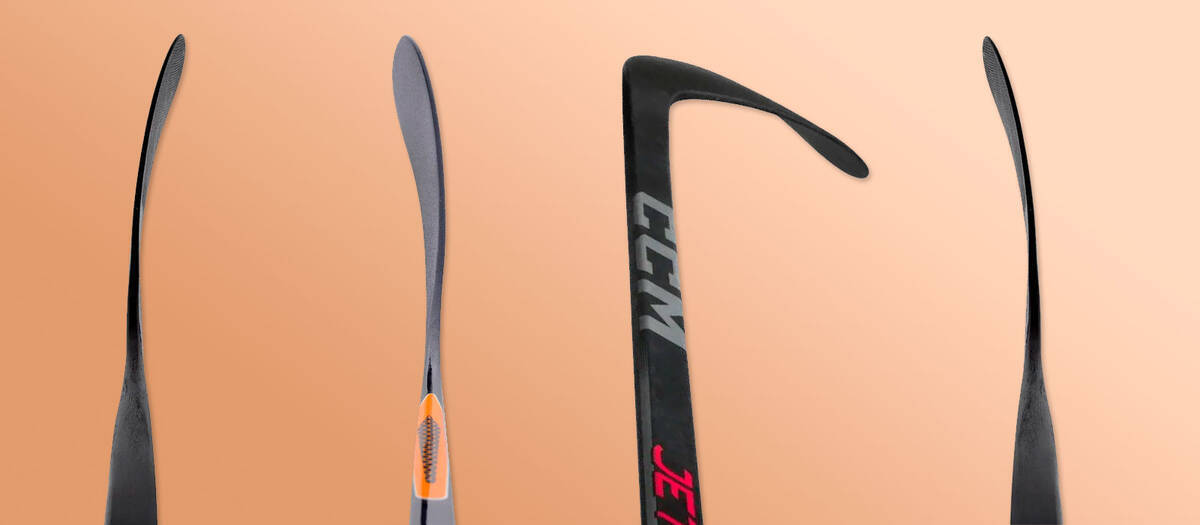
The blade curve significantly affects handling during shots, passing, and dribbling. Experimenting with various curves helps identify what feels most intuitive for your play style.
The curve creates a cradle for the puck/ball, enhancing control and allowing for more consistent and powerful shots.
Determining Between Left-Handed and Right-Handed Hockey Sticks
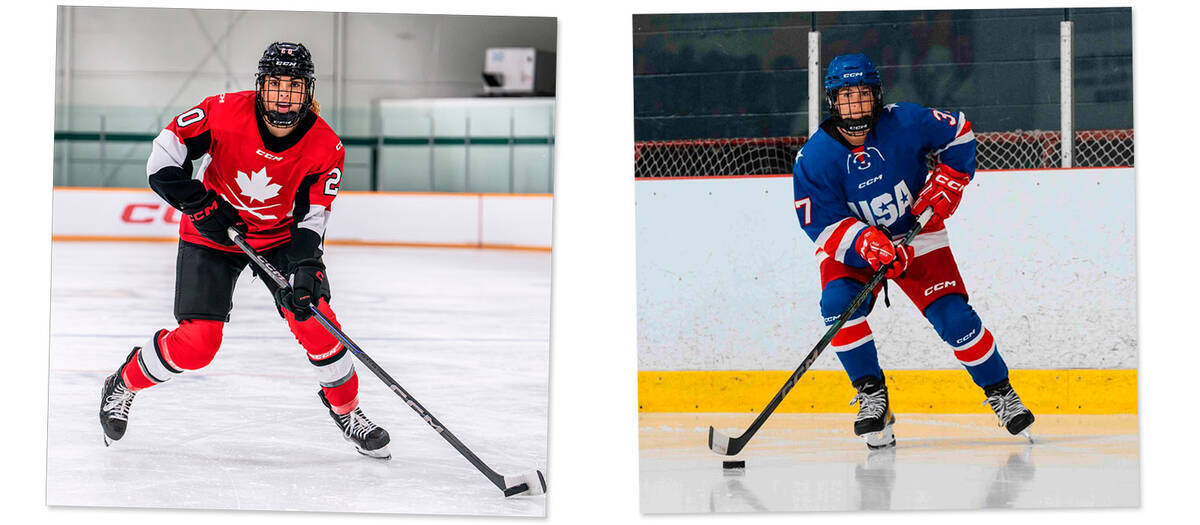
Your choice between a left or right-handed stick hinges on which hand you use to stabilise the stick. Right hand on top suggests a left-handed stick is suitable, and vice versa. This decision relies on comfort rather than being naturally left or right-handed.
If unsure, hold a stick and mimic taking a shot. Choose a...
- Left-handed stick: If the puck is left-side, with the right hand on top, the left hand near the blade.
- Right-handed stick: If the puck is right-side, with the left hand on top, the right hand near the blade.
In the following video, Nicklas shows how to determine your dominant hockey side.
Don't forget to explore our comprehensive selections for roller and ice hockey, stocking all essentials:
